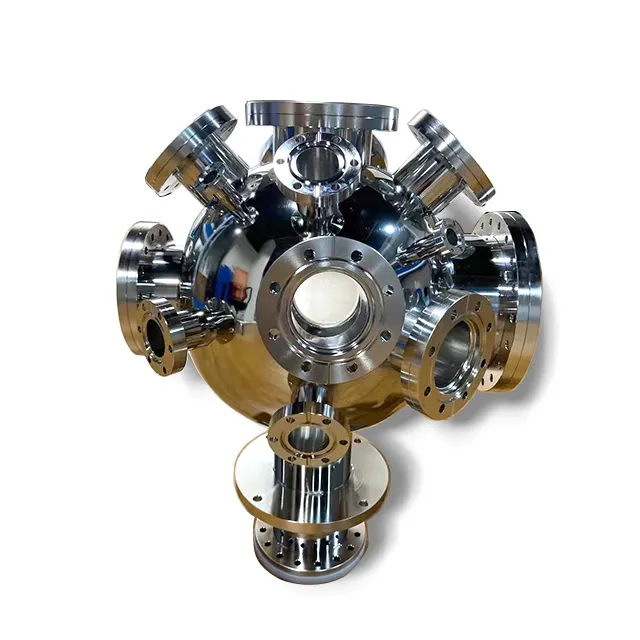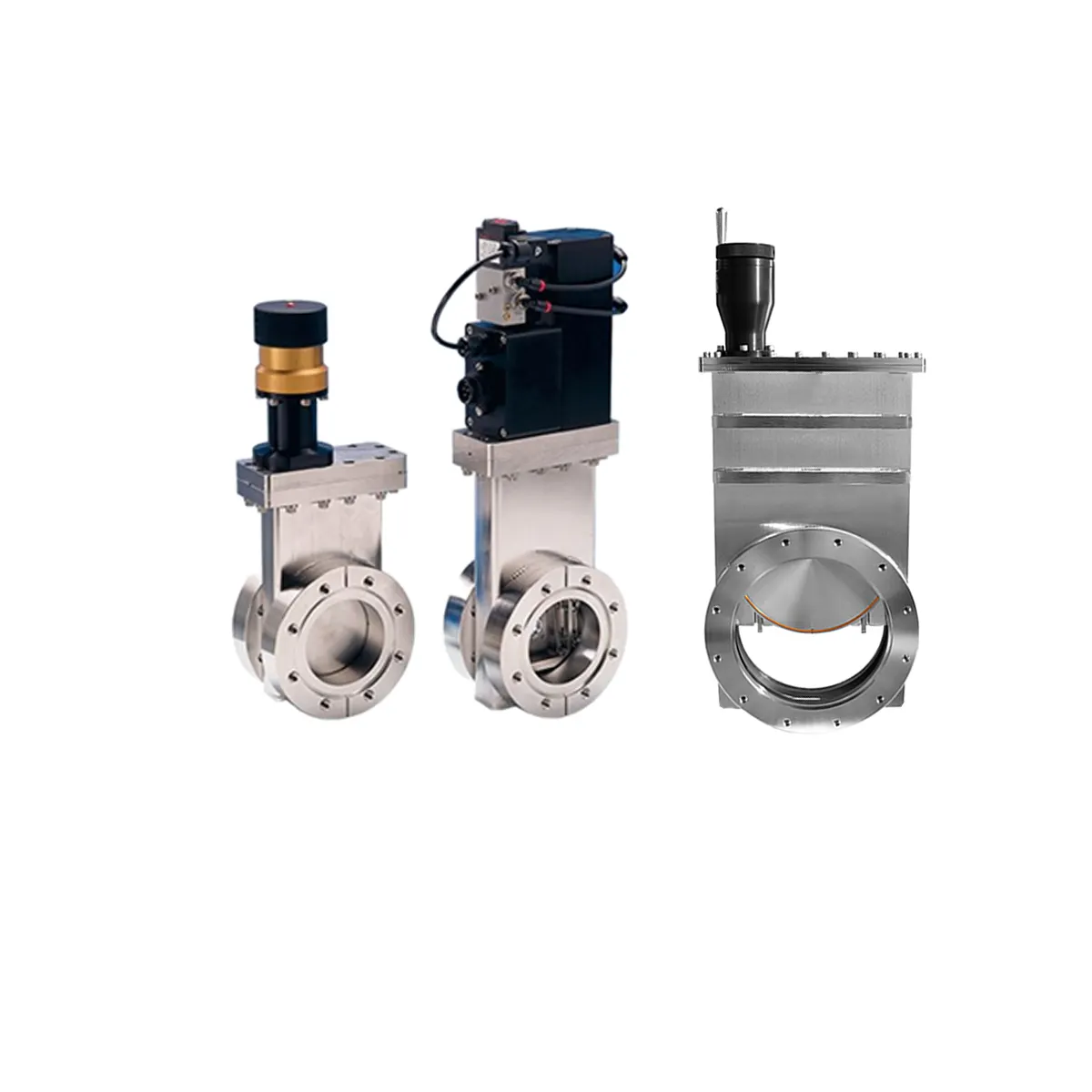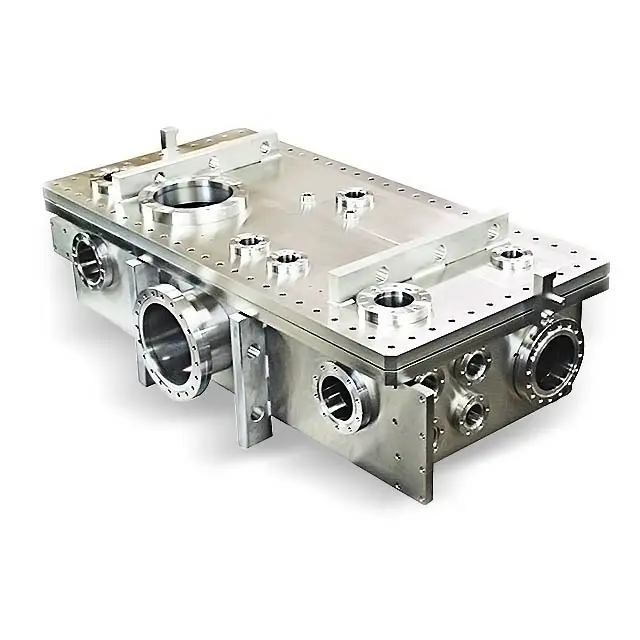vacuum science and technology
Vacuum science and technology represents a cornerstone of modern industrial and scientific applications, encompassing the study and manipulation of pressure environments below atmospheric conditions. This field combines fundamental physics principles with advanced engineering to create and maintain vacuum conditions essential for numerous applications. The technology involves sophisticated systems including vacuum pumps, chambers, gauges, and specialized materials designed to operate in low-pressure environments. These systems are integral to many manufacturing processes, scientific research, and technological developments. The technology enables precise control over atmospheric conditions, allowing for contamination-free environments crucial in semiconductor manufacturing, thin-film deposition, and materials testing. Modern vacuum systems incorporate advanced sensors and automation capabilities, ensuring consistent performance and reliable monitoring of vacuum conditions. The applications extend across diverse sectors, from aerospace testing facilities to medical device manufacturing. The technology also plays a vital role in particle accelerators, electron microscopes, and space simulation chambers. Recent developments have introduced more energy-efficient vacuum generation methods and improved sealing technologies, making the systems more sustainable and cost-effective. The integration of smart controls and IoT capabilities has further enhanced the monitoring and management of vacuum systems, allowing for predictive maintenance and optimal performance optimization.


